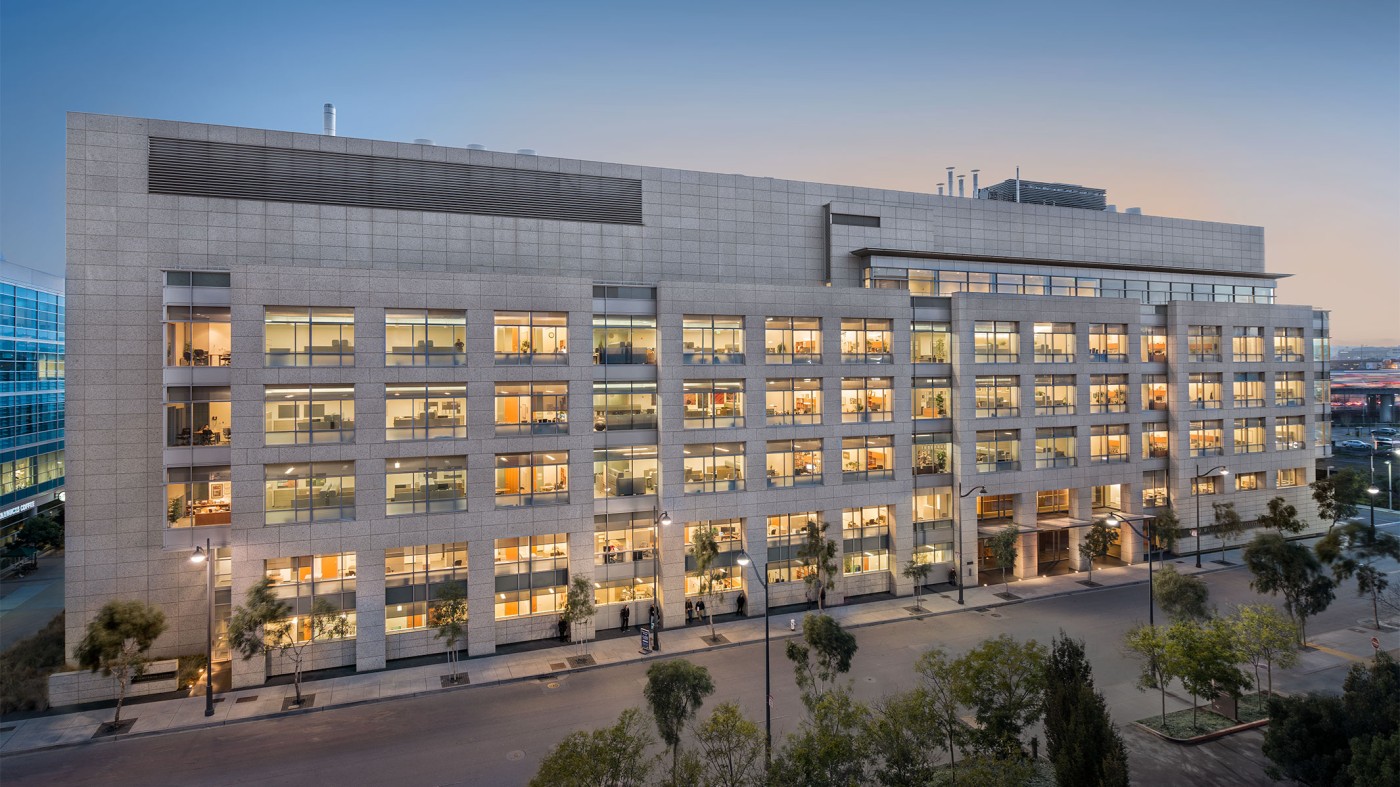Gladstone NOW: The Campaign Join Us on the Journey✕

SAN FRANCISCO, CA—November 2, 2010—A new center called the National Resource for Network Biology (NRNB) will help researchers and clinicians analyze an ever-growing wealth of complex biological data and apply that knowledge to real problems and diseases.
In recent years, the study of biological networks has exploded, with scientists shifting much of their focus from single cells to complex systems, producing novel maps of interactive networks of genes and proteins that help define and describe a functioning human being. But the exponential growth in data has created a new challenge: How do you effectively use it?
The NRNB is part of the answer. The principal investigator on this multi-center resource is Trey Ideker, PhD, associate professor of bioengineering in UC San Diego. The center is funded by a 5-year, $6.5 million grant from the National Institute of Health's National Center for Research Resources (NCRR), and the only center of its type to be funded this year.
Alexander Pico, PhD, bioinformatics group leader at Gladstone Institutes, will serve as executive director of the NRNB. He points out that the gathering of basic data has generally outpaced efforts to practically apply it.
“The field of network biology is at a very interesting stage,” Pico said. “We are sitting on loads of measurement data, with new technologies continuously expanding, and we are just beginning to put these ‘parts lists' into comprehensive biological systems.”
An “interactome” describes all of the molecular interactions within cells. For the past decade, a grassroots effort called Cytoscape, developed by Ideker and colleagues, has provided biologists with the beginnings of one: an online, open-source, evolving platform that describes and visualizes complex molecular interactions and biological pathways.
With support from the NIH, the new resource will provide qualified researchers with access to more and better tools for conducting advanced studies of biological systems that result in sophisticated models of how human systems function or fail. All of this will ultimately lead to new and improved treatments and therapies, such as identifying disease biomarkers and molecular targets for potential drugs, defining genetic risk factors and deciphering how individual or group lifestyles (social networks) affect the development and transmission of disease.
“We are unique in having a balanced mix of software developers and bench biologists who know how to communicate with each other and with the greater community,” said Pico. “We have been building and using the core toolset of NRNB for many years and we've made a regular practice of training others – establishing collaborations that drive development along the most fruitful and effective routes.”
While maintaining his position at the Gladstone in San Francisco, Pico's new role will formalize many of the activities he already carries out, including software development, training and outreach. In addition, NRNB will dramatically expand the scope and audience for network biology tools and resources, including those developed here at Gladstone. The Bioinformatics room on the 4th floor is home to the software development effort in the Conklin lab. Pico, Nathan Salomonis and Kristina Hanspers will continue to build tools and resources here at Gladstone, while using NRNB to cast a broader net for new users, developers and collaborations.
Like its subject, the NRNB is the product of extensive interaction, with multiple collaborators. They include Bruce Conklin of the Gladstone Institute of Cardiovascular Disease in San Francisco, James Fowler of UCSD, Chris Sander of the Memorial Sloan Kettering Cancer Center in New York, and Gary Bader of the University of Toronto and Benno Schwikowski of Institut Pasteur in France. Olga Brazhnik of the NCRR is program officer.
The NRNB joins another NCRR biomedical technology center based at Mission Bay: the Resource for Biocomputing, Visualization and Informatics, lead by Tom Ferrin and Scooter Morris out of Genentech Hall.
NCRR biomedical technology centers serve a specific purpose in NIH-funded research. They provide critical and often unique technological and intellectual resources to scientists, emphasizing service and training for outside investigators.
Bruce Conklin's primary affiliation is with the Gladstone Institute of Cardiovascular Disease, where he is a senior investigator and where his laboratory is located and all of his research is conducted. He is also a professor in the Department of Medicine at the University of California, San Francisco.
About the Gladstone Institutes
Gladstone Institutes is a nonprofit, independent research and educational institution, consisting of the Gladstone Institute of Cardiovascular Disease, the Gladstone Institute of Virology and Immunology, and the Gladstone Institute of Neurological Disease. Independent in its governance, finances and research programs, Gladstone shares a close affiliation with UCSF through its faculty, who hold joint UCSF appointments.

